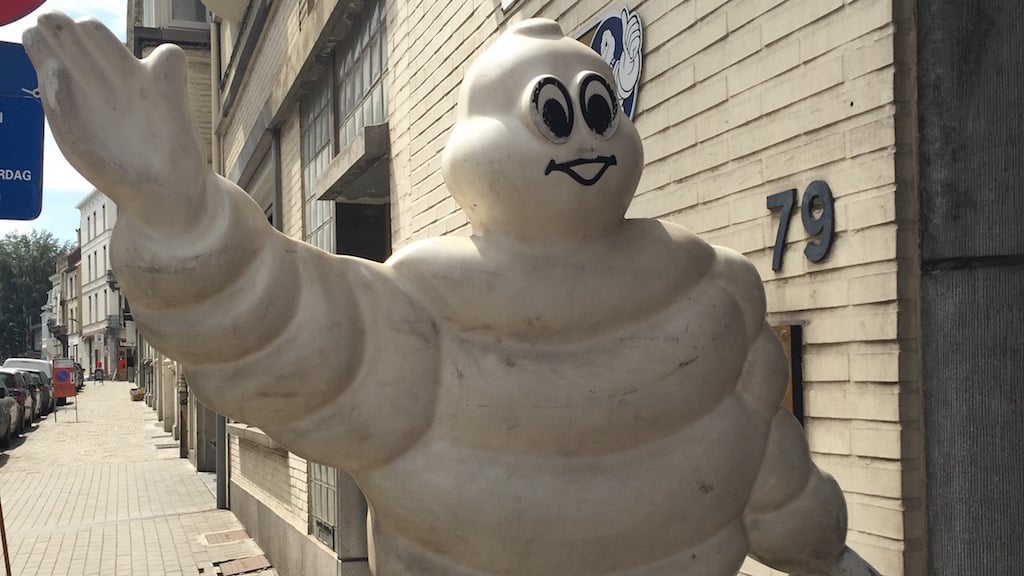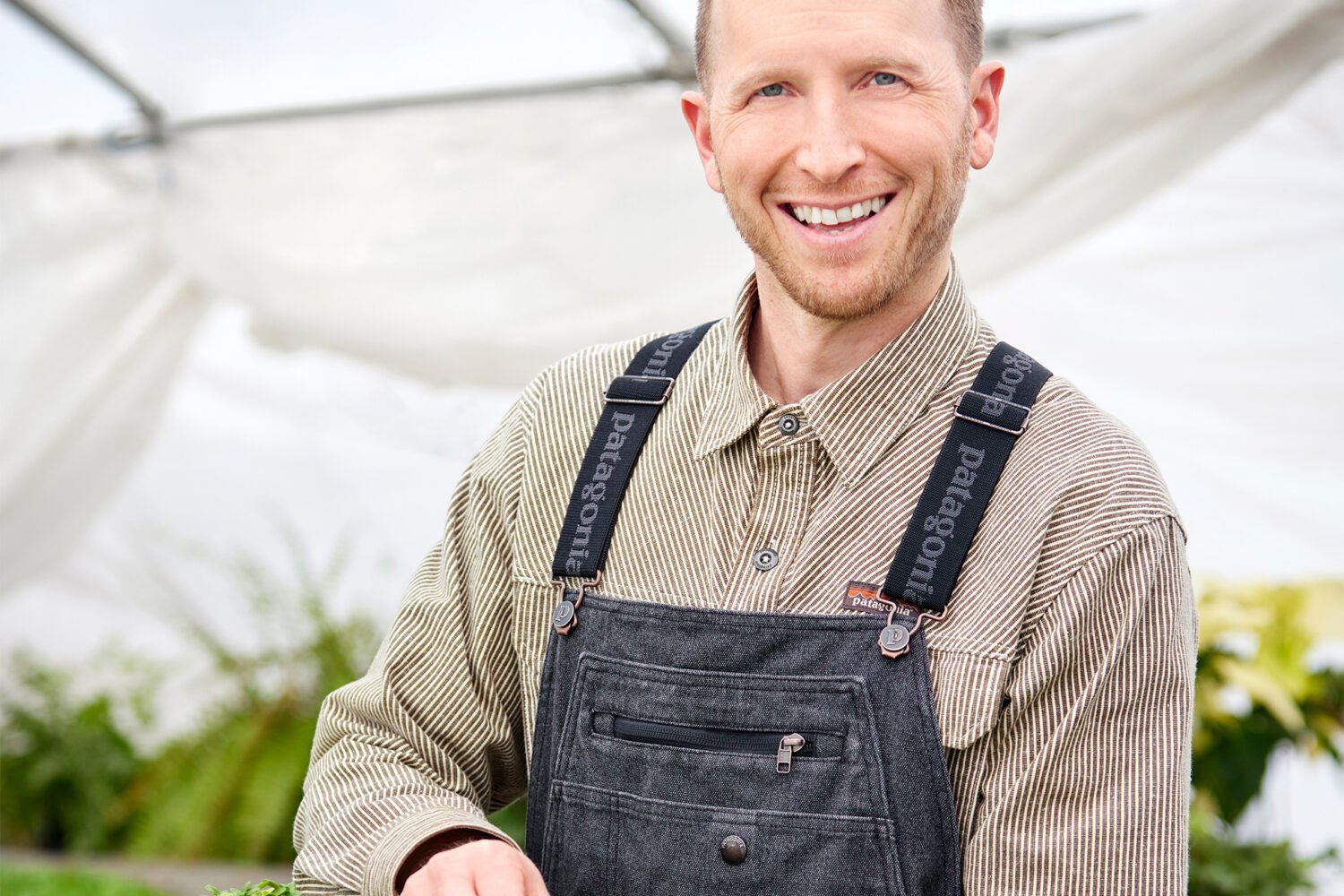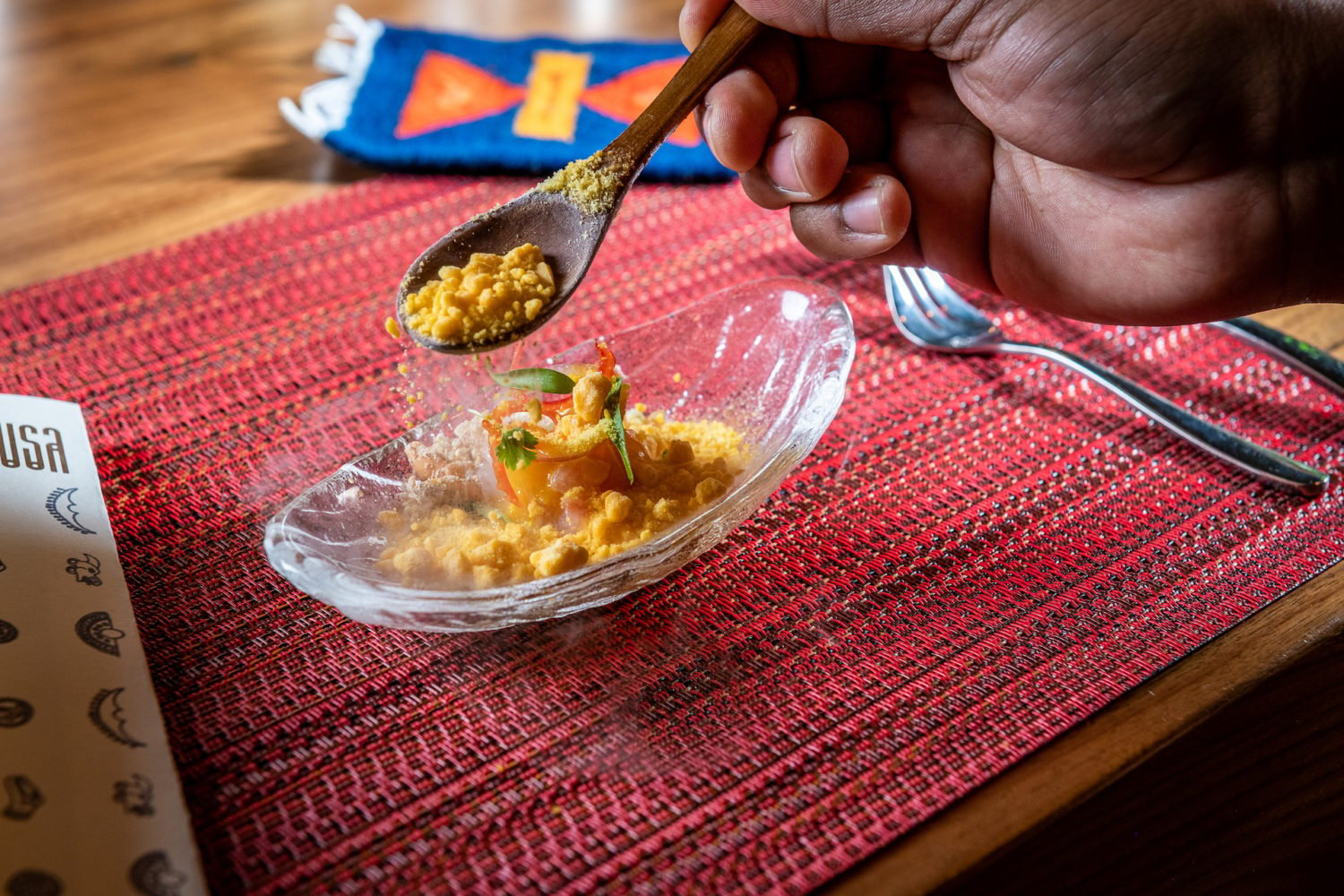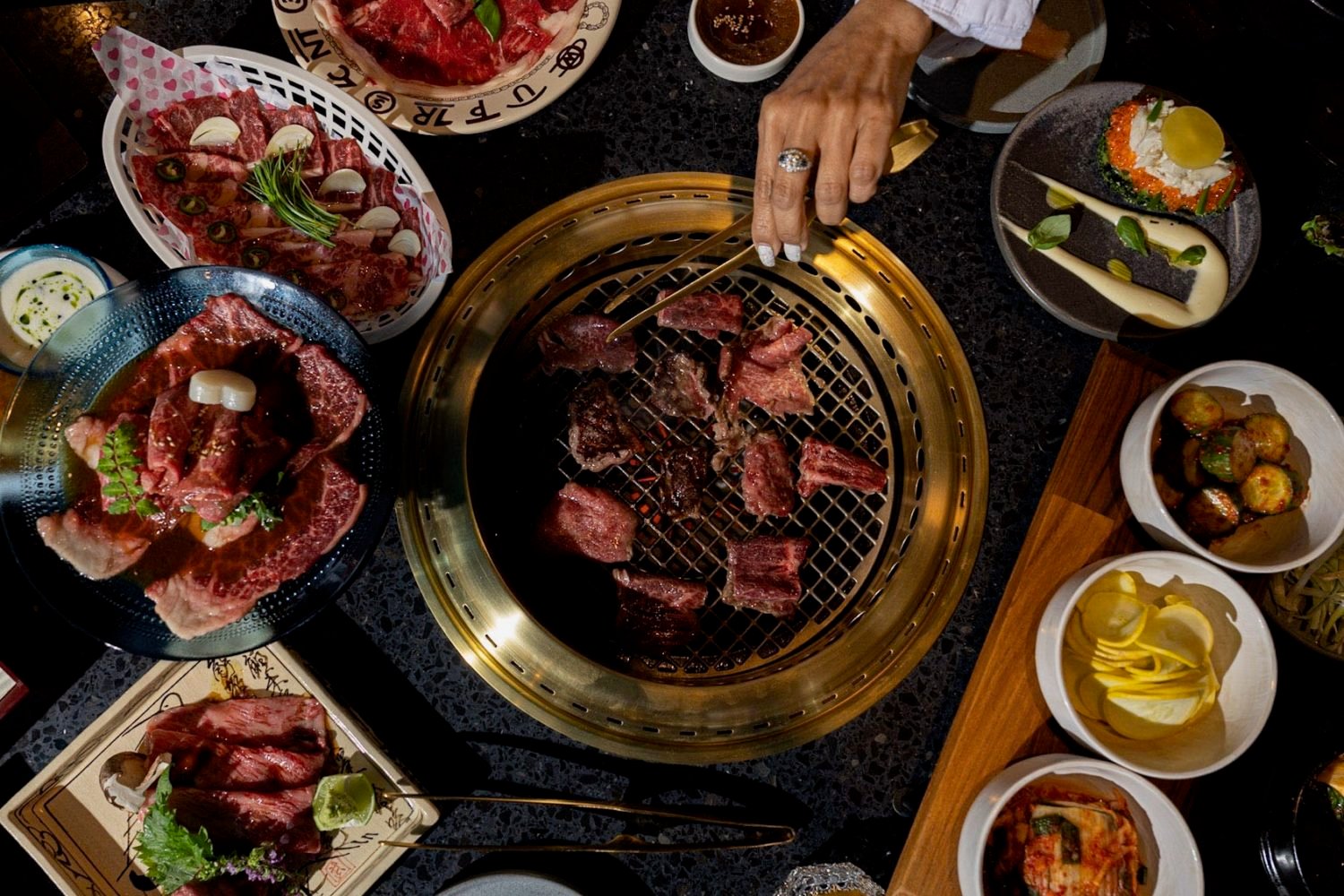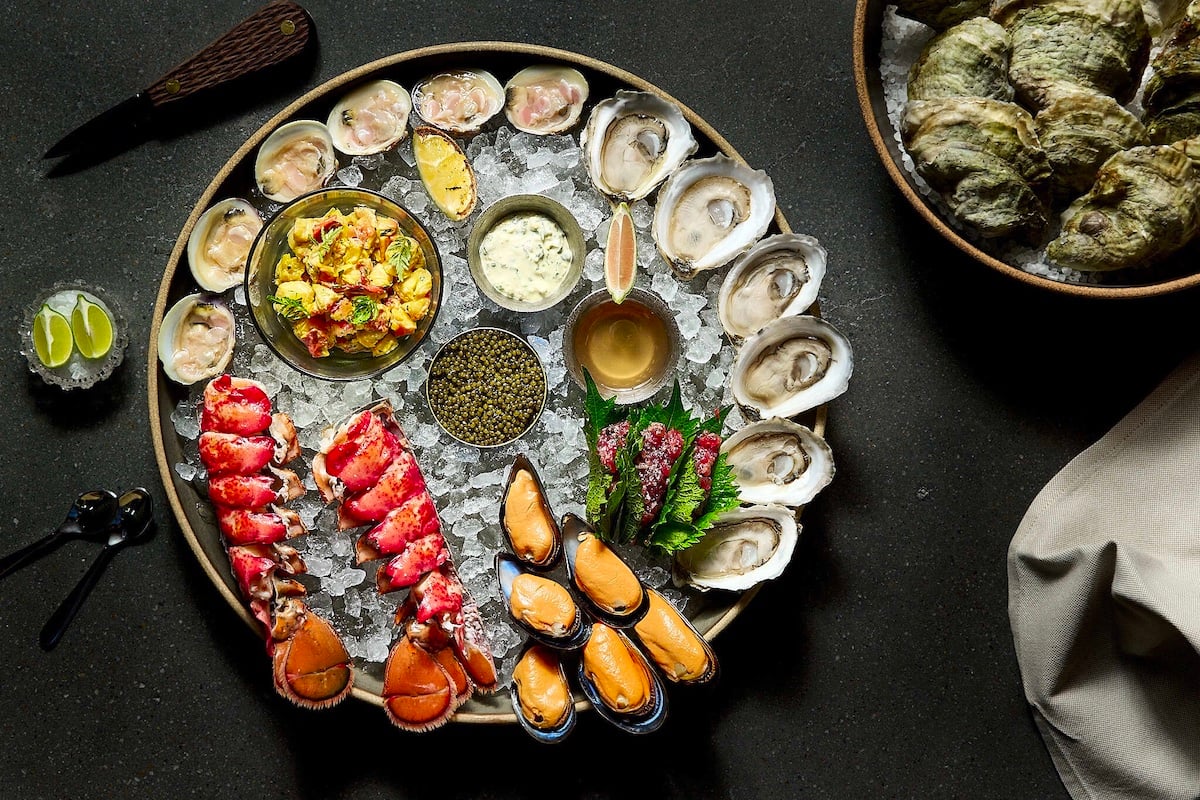Many have taken Michelin’s October 13 arrival in DC as validation of the local food scene. After all, culinary destinations like New York, Chicago, and San Francisco are currently the only other American cities graced by the restaurant guide. But the reality is a little more complex. How exactly did Michelin end up here?
“Washington’s always had a solid gastronomic base,” Michelin Guide International Director Michael Ellis says, citing pioneers like Jean-Louis Palladin and Michel Richard as well as the area’s ethnic food scene. But, he admits, DC hasn’t always had the most exciting or innovative dining scene in the past. That’s started to change over the past decade and particularly accelerated within the last five years, Ellis says.
“When we started taking a closer look, we were really excited with what we found,” he says. What caught Michelin’s eye specifically, Ellis says, is the emergence of so-called “Mid-Atlantic cuisine,” a new generation of adventurous chefs, and the development of dining neighborhoods like Shaw, Petworth, and H Street Northeast.
Ellis says excitement, evolution, and innovation in the culinary scene are the first and most important things the guidebook looks for in scouting new cities. But those aren’t the sole factors: “We need to make sure the locale is a locale that’s of interest to the Michelin group, because, as you know, our main activity is not publishing guide books, it’s making and selling tires,” Ellis says.
DC has always been an important city for Michelin North America, the $10.76-billion-dollar-a-year corporation. “Federal regulators are based in DC. So all the regulations that surround governance and technical specifications for tires, we have an important relationship with the federal government,” Ellis says. He adds the company also equips all the branches of the armed services, including tires for F-16 fighter aircraft and other military vehicles.
While Ellis emphasizes that political and regulatory considerations are not the primary reason the Michelin restaurant guide came to DC, “it’s a factor, which makes sense. Michelin, we’re a business.”
Michelin is constantly courted by tourist boards around the world, Ellis says, but he and a rep for Destination DC say that wasn’t the case here.
In an interview earlier this year about Michelin in the Middle East, Ellis also said, “We don’t go anywhere without financial partners.”
Ellis clarifies to Washingtonian that that’s not true everywhere. For example, in Singapore (where Michelin launched this summer), it does have a relationship with the Singapore tourist board and “other local partners,” because it’s a totally new country for the guide.
As for DC? “It’s an extension of our currently existing US guides… so the DC guide was something we were able to do on our own.” In other words, there are no financial partners in DC.
The initial DC guide will only include the District proper. Ellis explains that this is particularly active year for Michelin with the launch of three other new guides in Singapore, Shanghai, and Seoul. “We decided that based upon the resources we had available that we would limit ourselves to the metropolitan area this year.”
Ellis couldn’t confirm whether the guide will eventually expand to include the suburbs (and with it, say, Inn at Little Washington). But that wouldn’t be a surprise: “If you look around the country, what we’ve done in other cities or even around the world, each additional edition gives us the opportunity to expand our breadth and depth of coverage.”
Although Michelin’s review process is famously secretive, Ellis reveals around 10 inspectors worked on the DC guide. For every new edition, they use existing inspectors, who come from all over the world. As time goes on, Michelin will likely use local inspectors to scout DC restaurants as well, Ellis says.
Michelin inspectors judge restaurants based on five criteria: quality of ingredients, cooking technique, harmony and equilibrium of flavors, consistency, and value. “We apply that in the exact same way in every single new city or country that we cover,” Ellis says. “We don’t pretend to have the truth with a capital ‘T.'”
So, should the Michelin guide be viewed as a validation of DC’s dining scene?
“We’re not there to validate or not validate,” Ellis says. “We’re there to just reflect. We’re a mirror to what’s going on.”

